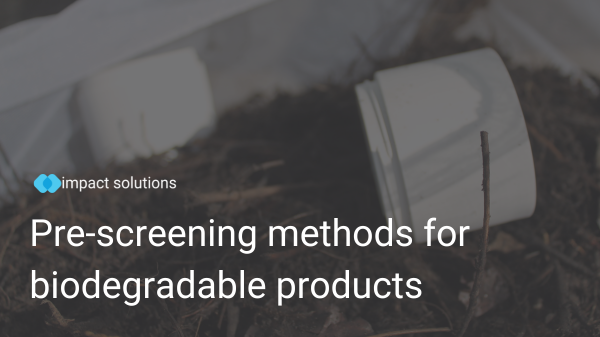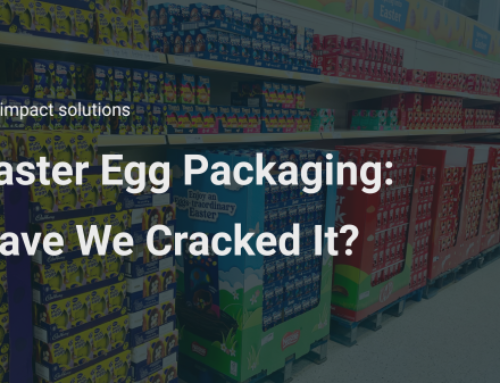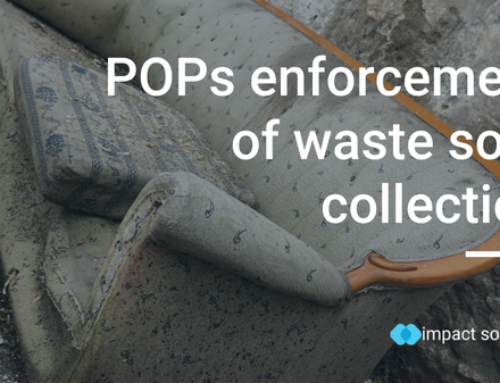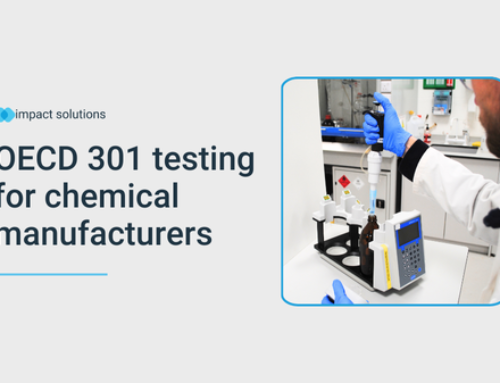You have developed and manufactured a sustainable material that aims to be biodegradable or needs to meet specific criteria. Or you just created a new formulation and are curious to see its biodegradation ability in a compost environment.
Even if the material you used in your formulation is known to be biodegradable, different physical and chemical properties and adding other components to the final formulation may play a significant role in its final ability to biodegrade. The form or shape of the product also has an impact.
Usually, to determine whether your product is biodegradable, you must test your material according to standardised test methods, which can be time-consuming and costly. Biodegradability is also often assessed at the end of product development and is a bottleneck for getting products to market. Therefore, some biodegradation pre-screening methods for the final product can be proposed to assess its ability to decompose into smaller pieces and biodegrade. Here, we explore two such methods: the ISO 20200 disintegration test and industrial composting field tests.
Disintegration test according to ISO 20200
Overview: the ISO 20200 disintegration test method determines the degree of disintegration- a physical breakdown of plastic/rigid materials into smaller fragments, in a composting environment. This method is used for laboratory scale purposes. The conditions simulate an intensive aerobic composting process.
Technical details: the solid matrix consists of a synthetic solid waste mixture specified in the standard and inoculated with mature compost from a municipal or industrial composting plant. Pieces of the test material are composted with this prepared solid matrix. After a complete composting cycle, the degree of disintegration is determined by sieving the final matrix to recover the non-disintegrated residues. The test sample’s mass reduction is considered disintegrated material and used to calculate the degree of disintegration.
Industrial composting in the field- bespoke testing
Overview: disintegration in the industrial composting site is designed to expose the sample material to a large-scale composting environment. This method allows the disintegration performance of the sample composite to be observed under industrial composting conditions in the field. It simulates a real-life situation when a product claimed as biodegradable lands in a household composting bin at its end-of-life stage. This ends up in the industrial composting field, where after the complete composting cycle mature compost is sieved and separated from any rubbish residues.
Technical details: At the start of the composting production process, the test material is placed inside a reinforced steel cage and buried within the windrow pile. The windrow containing the composite samples undergoes a complete composting cycle. The temperature inside the windrow is closely monitored and recorded. To determine disintegration performance in this test, samples of the composite material are removed from the pile after 6 and 12 weeks of incubation for visual inspection and chemical analysis.
Incorporating pre-screening methods such as the ISO 20200 disintegration test and industrial composting field tests into your product development process can save time and reduce costs. By identifying potential biodegradation issues early, you can make necessary adjustments to your material formulations, ensuring that your final products meet biodegradability standards and are market-ready faster. These methods provide valuable insights into how your materials will perform in real-world composting environments, helping you develop more sustainable and eco-friendly products.





